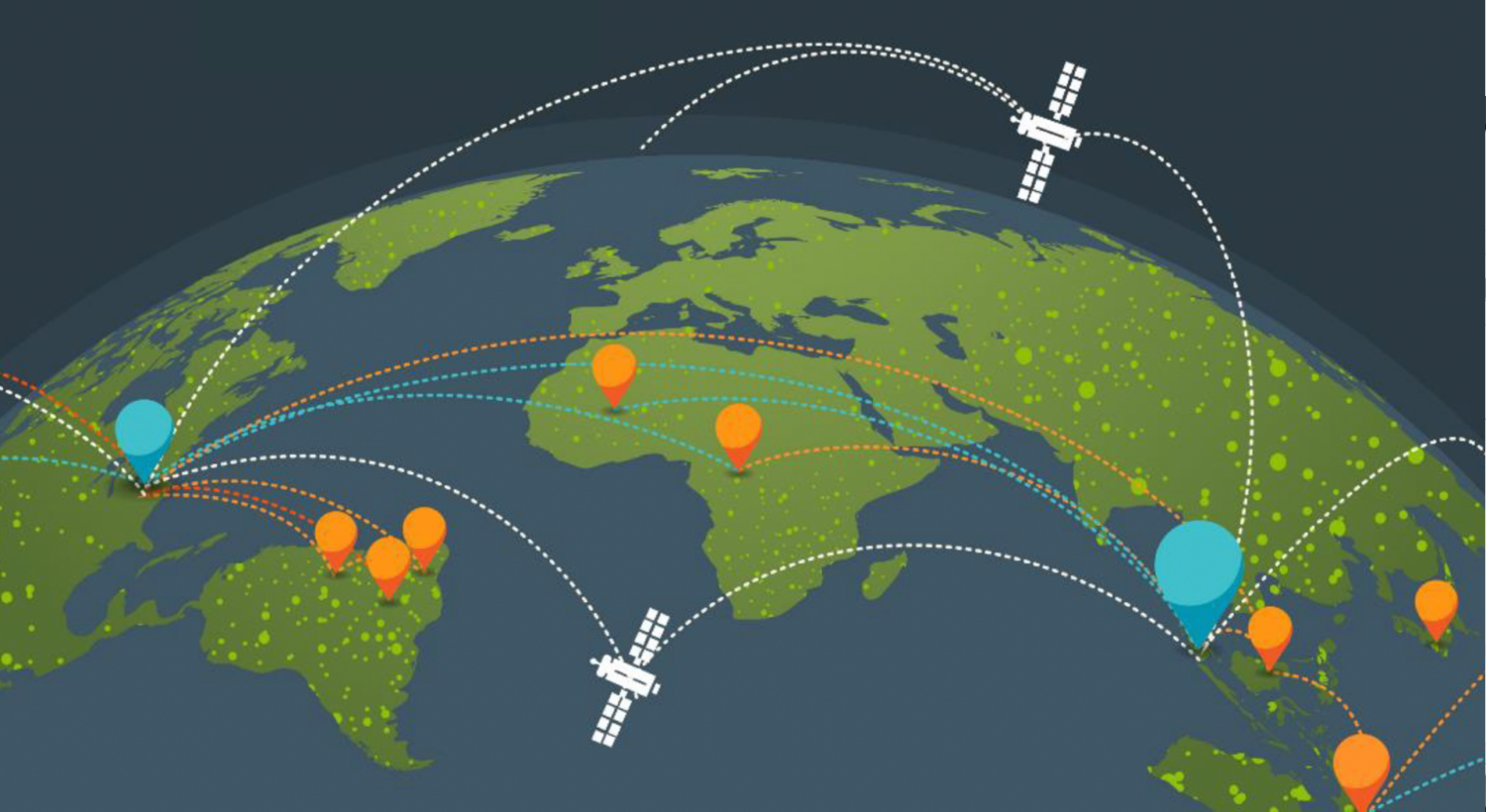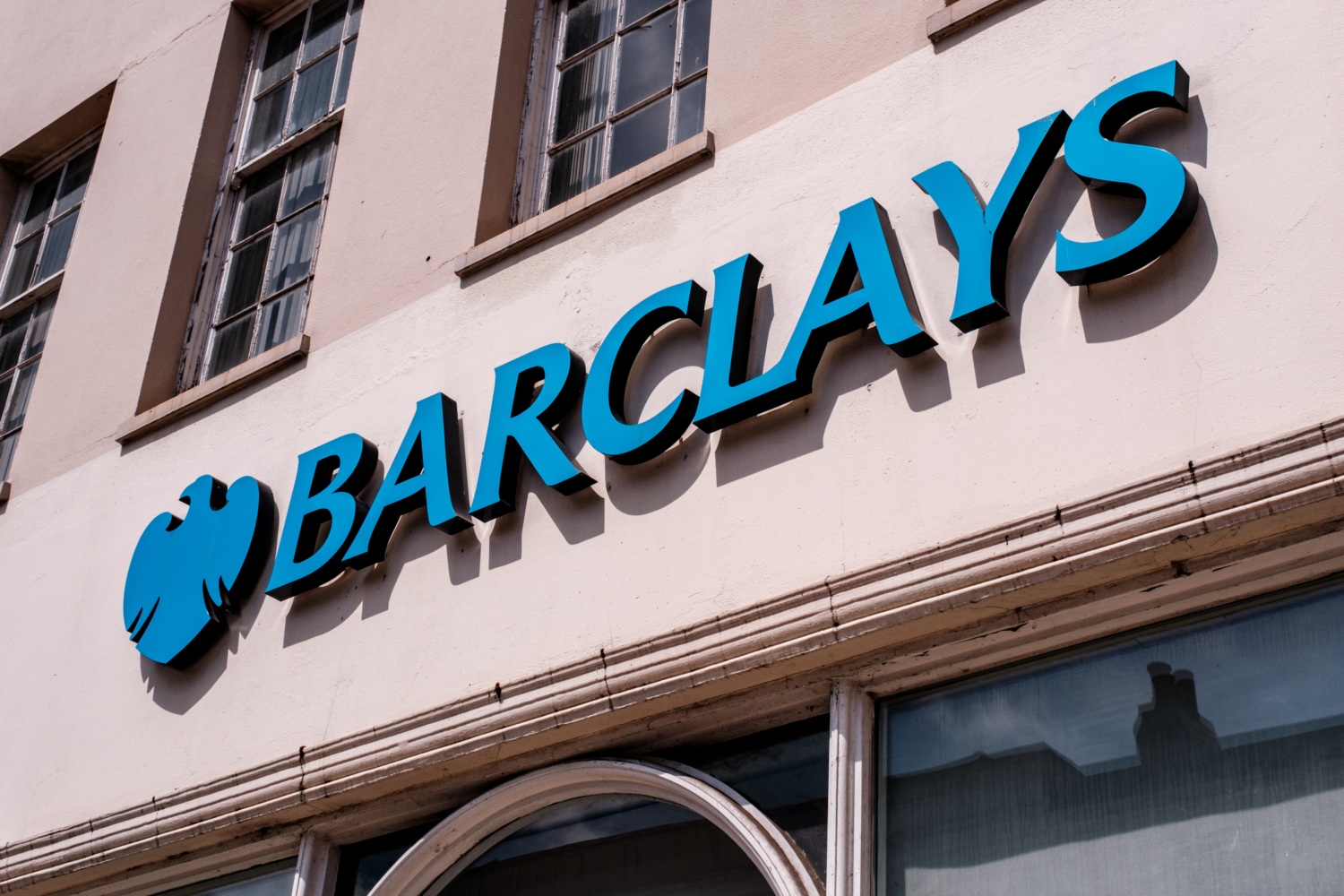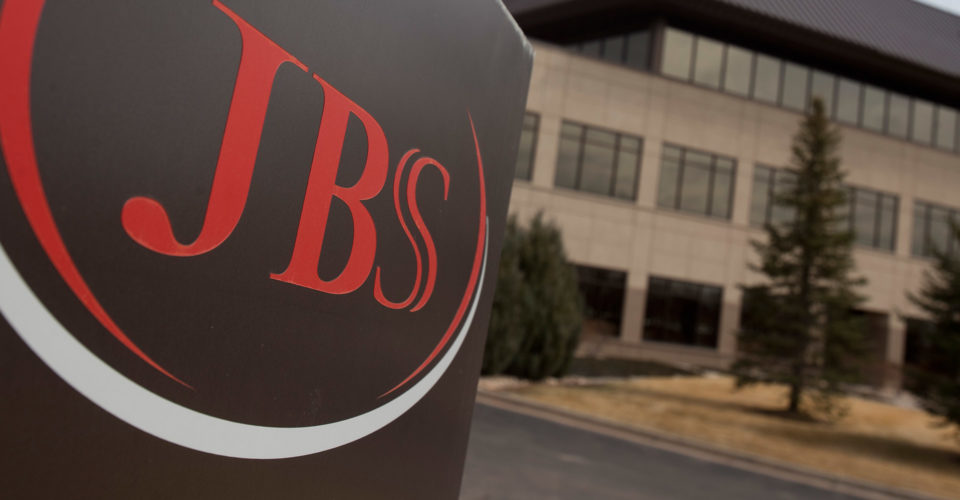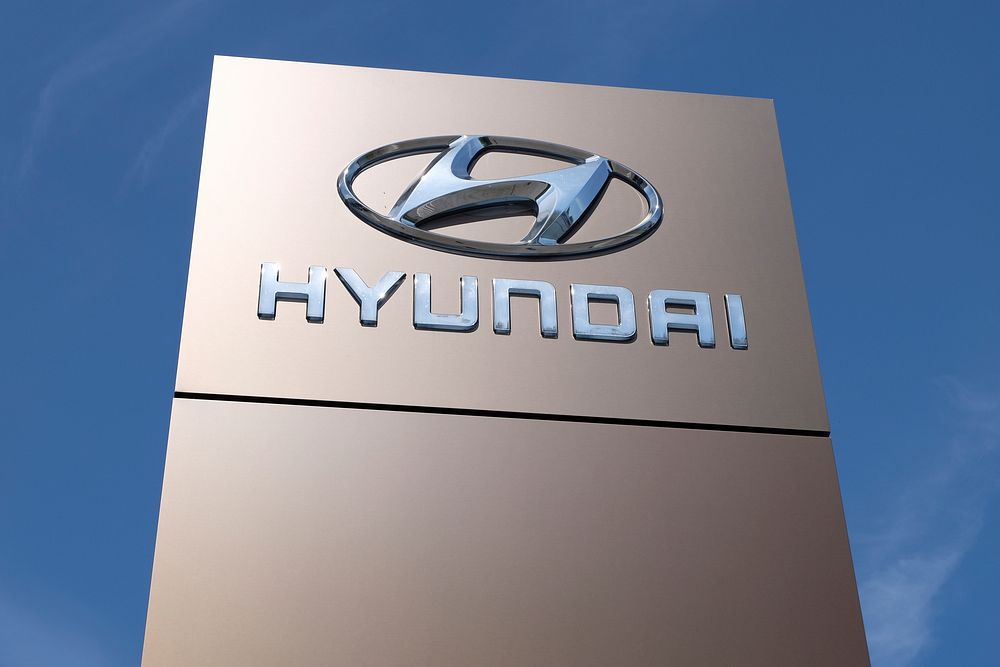
CEO Note: Big News for Decarbonizing Steel
By Glenn Hurowitz, Founder & CEO
Hyundai has recently announced that its new Louisiana facility is planning to go big on using green hydrogen to make its steel. The company has laid out a plan for this facility to become a “catalyst for the hydrogen ecosystem” in the state.
This announcement is a big deal: scaling demand for hydrogen produced without fossil fuels is a key step toward limiting the carbon footprint of steel, which accounts for eight percent of all global climate pollution. A purchase commitment from the Louisiana plant could help spark the kind of economies of scale that have already brought down the costs of solar and wind below that of fossil fuels. Green steel is part of the way there, with costs estimated to be just 20-40% higher than fossil steel, but more customers are needed to get to price parity.
The missing element has been action to back this understanding. When I met with Hyundai executives a few weeks ago in Korea (along with our friends at SFOC), going from carbon knowledge to decarbonization action through clean material purchases was at the top of the agenda. So it’s great to see them starting to make real commitments commensurate with their emerging status as a global EV leader.
Of course, Hyundai now needs to go from an announcement about one (big) facility to a companywide plan and timeline to fully electrify and decarbonize. It’s within their reach – and could supercharge the way this company is perceived around the world. Given Hyundai’s leadership in Asia and North America, the company is uniquely poised to spark a race to the top for auto company decarbonization. And we’ll be here to help make it happen.
Repealing the Roadless Rule
These are tough times for global forests. Earlier this week, conservative and far-right parties in the European Parliament launched yet another effort to undermine the EU’s landmark anti-deforestation regulation.
And here in the U.S., even before the so-called “Big Beautiful Bill” passed with its own slew of horrible environmental and climate policies, the Trump administration had already laid out a proposal to eliminate protections for 58.5 million acres of America’s last remaining old growth forests. The area where he wants to unleash bulldozers and chainsaws is colossal: the size of New York State, New Jersey, Massachusetts, Connecticut, and Vermont combined.
The U.S. has only has about 7 percent of its old-growth forests left after a century of industrial logging destroyed these cathedrals. Much of what remains was protected by the 2001 Roadless Forest Rule that Trump is now targeting.
These forests are representative of the United States: they range from California redwoods to Arizona juniper piñons and good old Eastern oak. They each contain natural treasures too vast and diverse to detail here, so I’ll focus on one: Alaska’s Tongass. It’s America’s rainforest – and the largest temperate rainforest in the world. It teems with wildlife and holds one tenth of all the carbon stored in U.S. national forests.
The Tongass is home to free-flowing rivers that support Chinook, Coho, Sockeye, Chum, and King salmon. Those salmon in turn feed the world’s largest concentration of bald eagles. They also create conditions so enticing that it’s one of the few places brown and black bears can be seen fishing side by side. I cannot think of a better symbol of what truly makes America great.
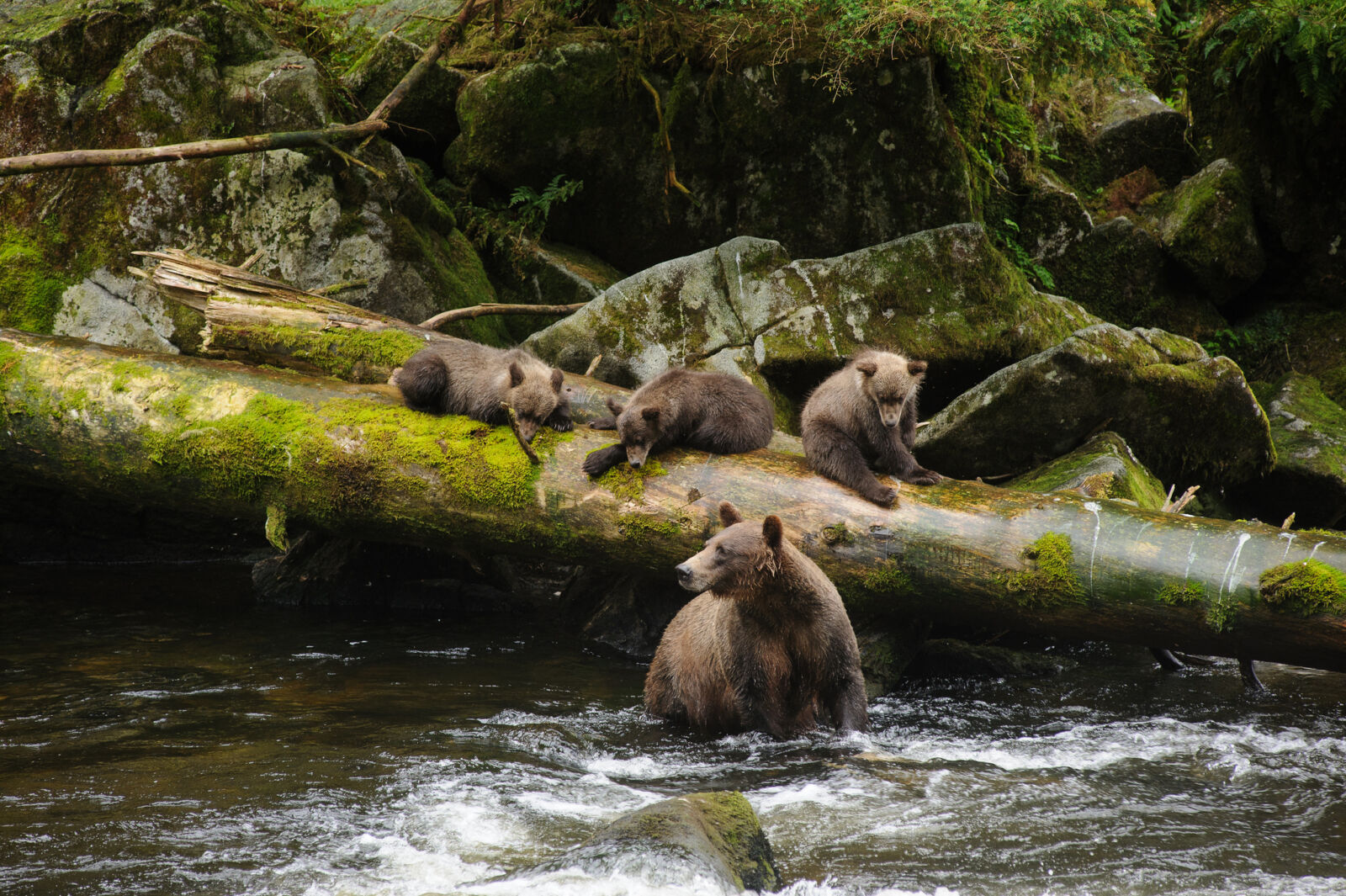
Destroying the Tongass and other rare forests is unholy. But it could become a real political vulnerability if the idea of Trump bulldozing the places people love and destroying the habitat for beloved endangered species takes hold.
Indeed, that vulnerability could turn to political kryptonite as more fires sweep the country, filling skies with toxic haze. Old growth forests are usually bulwarks against fire: their thick trunks and well-developed bark have survived centuries of fires and can withstand the heat far better than a clearcut area strewn with dried-out slash.
It can take more than three centuries for these forests to regrow. And in the context of the world losing 6.7 million hectares of primary rainforest last year, we need to protect the remaining, fire-resistant, old growth forests all over the planet. We all rely on these forests for wildfire prevention, wildlife habitats, and the carbon they store. But people like the Kichx̱áan (Ketchikan) of the Tongass also need them for their homes and cultural inheritance.
Preventing this rollback may seem hopeless in the context of Trump’s assault on nature and climate. But the reality is that on issue after issue – NATO, Iran, health funding, tariffs, TikTok, crypto, etc. – Trump is nothing if not movable. With lobbying and loud pushback, especially from constituencies he cares about, we can protect America’s untouched forests and preserve the Roadless Rule.
If you live in the U.S., you can use this tool from our friends at Earthjustice to send a letter to the administration expressing your opposition to the rule change.
Fishermen, hunters, lovers of wilderness of all political stripes – and people who simply don’t want their homes to go up in smoke – all have a stake in pushing back. Now we have to organize and make it happen.
